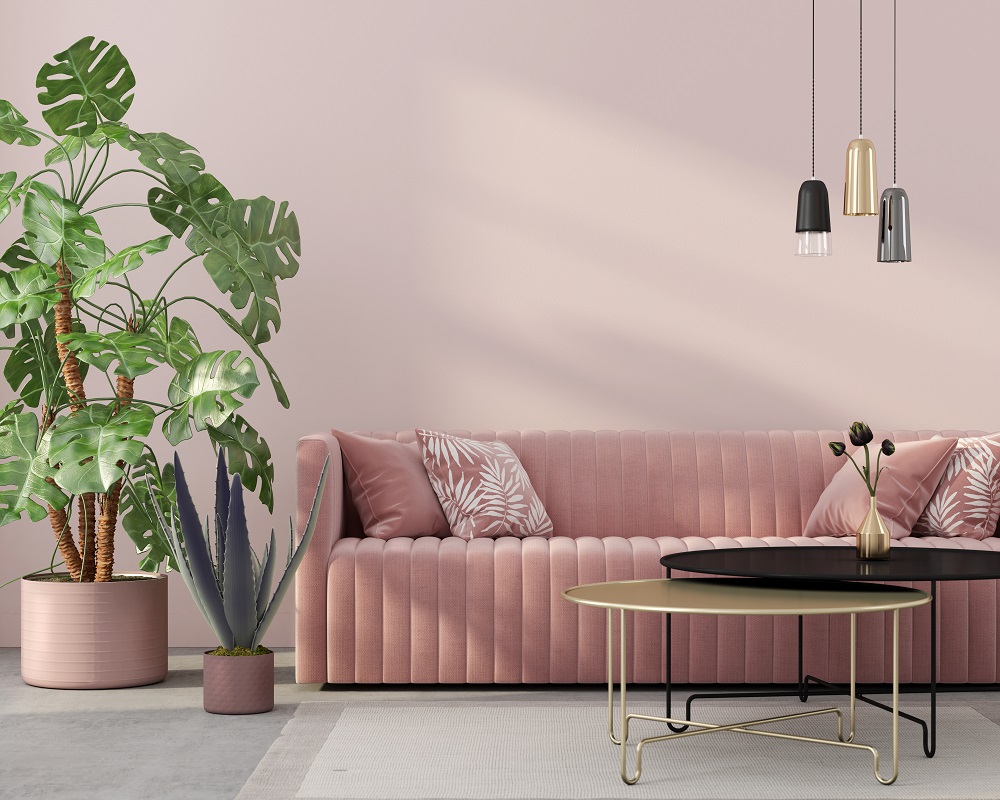Interior Design 101- 8 Interior Design Terms Explained

Like any other industry, interior design has an abundance of nuances along with specific jargon unique to the industry. An understanding of these design terms and phrases can help you gain a greater understanding, and possibly appreciation, for the techniques needed to create celebrated décors. Even a basic knowledge of terms can facilitate better communication and make decorating your home a hassle-free process.
Texture
In the world of interiors, texture refers to the sensations an object or surface creates. Put simply, it is the sense of touch you perceive when you experience a space. Incorporating different textures adds visual weight to a room. Texture can be smooth or rough; how a texture is seen depends on contextual elements such as lighting, adjacent surfaces and other objects that are in proximity.
Pattern
Patterns can be added to walls, decorative accessories, and other surfaces to create a unique design. Patterns can help add texture to a design, but the word itself relates to a graphic motif on a particular material. Playing with patterns should be done with attention as it is easy to overdo it. However, when patters are done well, they can spice up a room, and add depth to create the illusion of space. Harmoniously mixing patterns is an easy way to spruce up your space, create a theme or portray a specific ambience in a room.
Focal point
The focal point is one of the most essential principles in interior design. When walking into a room, a focal point should command the viewer’s attention, and the eye will naturally gravitate towards it. You can either accentuate built-in features or create your own focal point. For more information, read our tips on how to create a focal point.
Harmony
This term is relatively abstract; it is achieved when all elements are combined in perspective to the space. Harmony in interiors is when design elements such as colours, forms, and textures are combined to form a visually pleasing space. When all the components work together, and the space feels right, a harmonious design is achieved.
Colour Scheme
One of the most important design decisions, the selection and combination of colours for a specific space are known as a colour scheme. There are many different ways to form colour schemes. From complementary to analogous, there are some basic rules you need to know before attempting to combine colour schemes.
Rhythm
Although subtle, rhythm is one of the seven interior design components. It is a visual giveaway that can either impact positively or negatively on how your design is perceived. There is no rulebook on how to achieve rhythm, but you can use rhythm to your advantage when bringing different components together.
Feng Shui
Feng Shui is the ancient Chinese art of arranging objects and space so that good energy or Qi can flow freely into every aspect of one’s home and life. Balancing yin and yang energy in the three main areas of your home, the kitchen, bedroom and bathroom, is essential. There are many ways you can cultivate good Feng Shui in your home, read all about how you can utilise Feng Shui here.
Accent
Accents are used to highlight an interior style or add a pop of colour to a space to make a statement. Accents can include soft furnishings, pillows, throws and artwork. And you can even paint a single wall using a bold colour to create an accent wall.
Read More:
The Benefits of Property Styling
Home Interior Tips – Finding the Perfect Colour Palette

